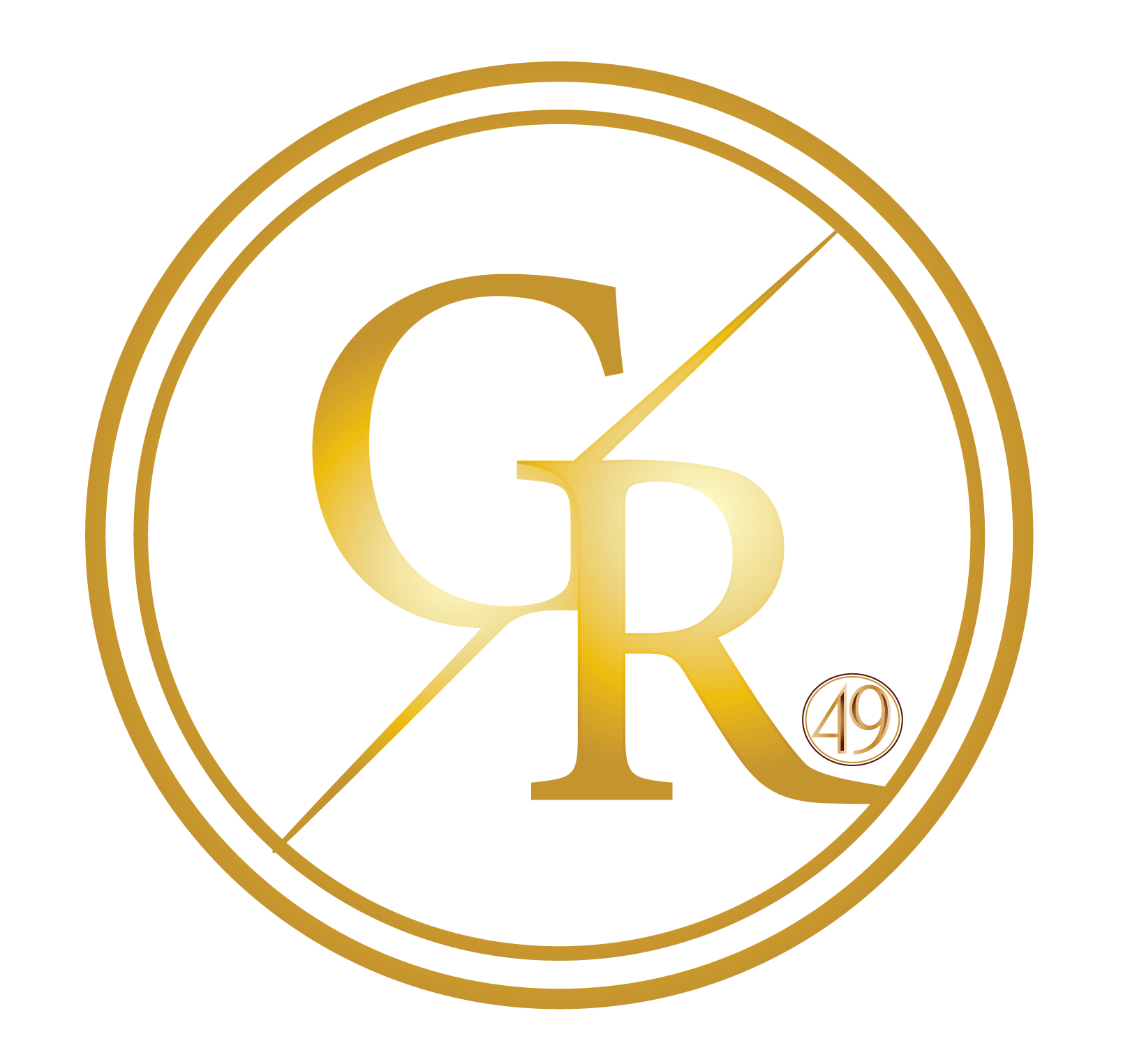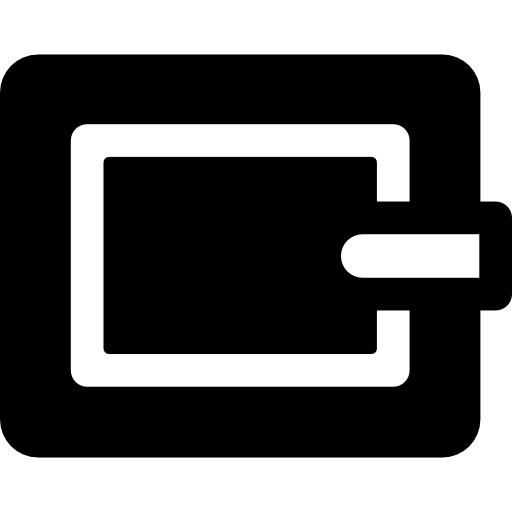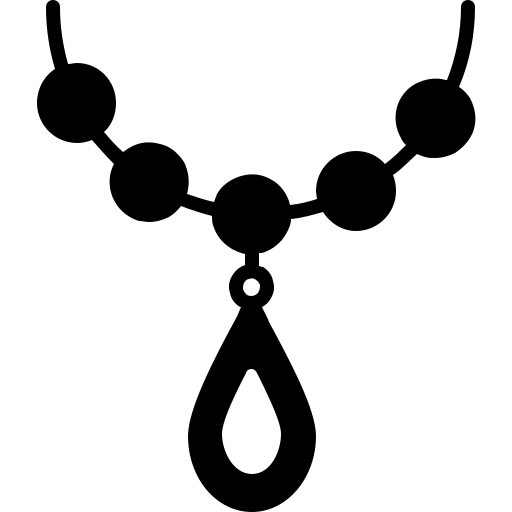Get a Quote For Your Coins, Notes & Valuables
We are interested in acquiring your valuable items.
Call Us at
1-800-901-7475
Grading and Quality Standards
We follow the
NGC &PCGS
Grading Standards for precision
Over time, coins experience varying degrees of wear from circulation, or marks from contact with other coins or surfaces. Because coins are priced according to their condition, a standard system of grading has been developed to facilitate the exchange of coins between dealers, and between dealers and collectors.
With Precious Metallurgy’s grading and Quality Standards you can trust in a widely recognized and stringent business. The referenced grades refer to circulated & uncirculated coins, and are meant as general guides only. Standards can vary from type to type. We strive to bring you the most. Contact us for coin collection appraisal.


Toggle Below⬇
⬇Toggle Below
NGC Coin Grading Scale
NGC uses the internationally accepted Sheldon grading scale of 1 to 70, which was first used in the United States in the late 1940s. This scale was adopted by NGC when it began operations in 1987 and is considered to be the industry standard. Below are NGC's grading standards for each numeric grade as well as major strike types and designations.

Strike Type
NGC uses two-letter codes before a coin’s numeric grade to describe its method of production and overall appearance. The most common are MS for Mint State coins (those struck for circulation) and PF for Proof coins (those struck for collectors). Another strike type is SP for Specimen, which describes a coin that falls short of the definition for actual Proofs but are superior to the normal currency issues.
Numeric Grades
NGC uses a numeric grade to succinctly describe a problem-free coin’s condition. The available numeric grades range from 1 to 70 based on an internationally recognized scale developed in the 1940s. As the numeric grade increases, a coin’s condition is considered to be better. Some numbers are skipped below the grade of 60, which is the threshold for a coin to be considered Uncirculated.
MS/PF
70
MS/PF
69
MS/PF
68
MS/PF
67
MS/PF
66
MS/PF
65
MS/PF
64
MS/PF
63
MS/PF
62
MS/PF
61
MS/PF
60
AU
58
AU
55
AU
53
AU
50
XF
45
XF
40
VF
35
VF
30
VF
25
VF
20
F
15
F
12
VG
10
VG
8
G
6
G
4
AG
3
FR
2
PO
1
Plus & Star
NGC uses the Plus (+) and Star (★) designations to distinguish coins at the high end of their assigned grade and/or with exceptional eye appeal for their assigned grade. All coins are evaluated for the Plus and Star designations as part of the normal NGC coin grading process.
+ (NGC Plus Designation)
★ (NGC Star Designation)
Strike Characters
Strike characters are used to describe how well an area of a coin is struck and when information is of specific interest to collectors. For example, strike characters can describe the degree of red luster on a copper coin’s surface (BN, RB and RD), the degree of contrast on a Proof coin (Cameo and Ultra Cameo) or other distinctive features, such as FB for Full Bands on a Mercury Dime.
RD
RB
BN
Ultra Cameo
DPL
PL
NGC Releases Designations
NGC offers several special releases designations to recognize coins received for grading within a specified timeframe or at a particular event. These releases designations, such as Early Releases, First Releases, First Day of Issue and Show Releases, work to capture the excitement of a new release and are generally paired with special NGC certification labels.
Early Releases
First Releases
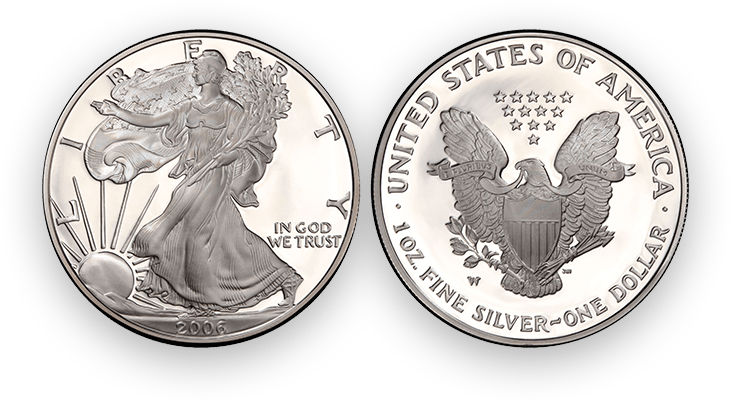
MS/PR-70
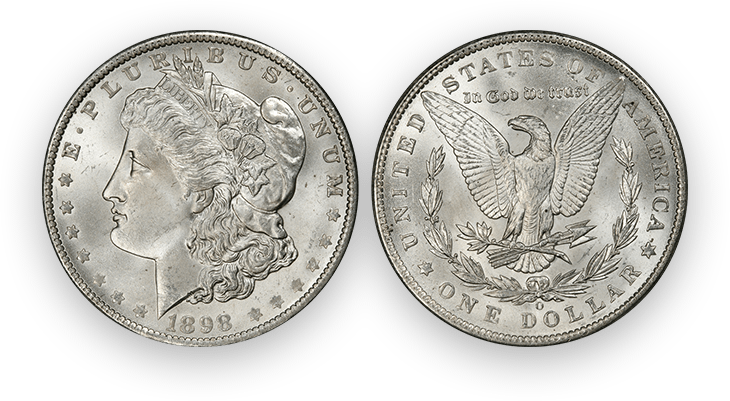
MS/PR-67

MS/PR-64

MS/PR-61
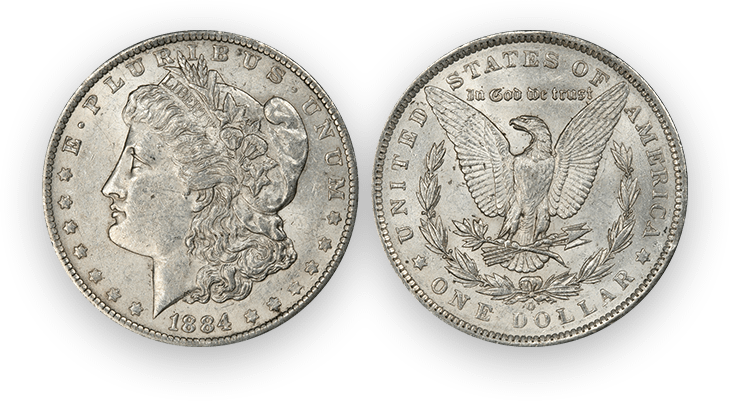
AU-55
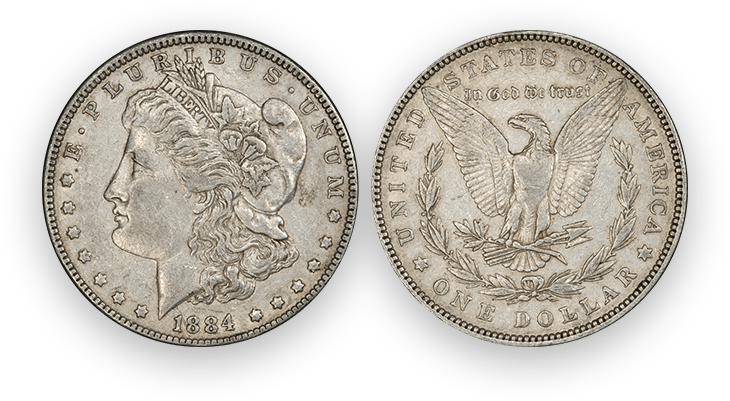
XF-45

VF-30

F-15
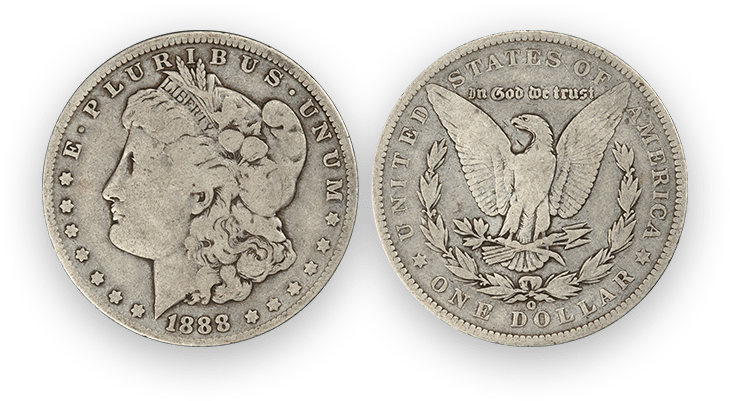
VG-8

AG-03
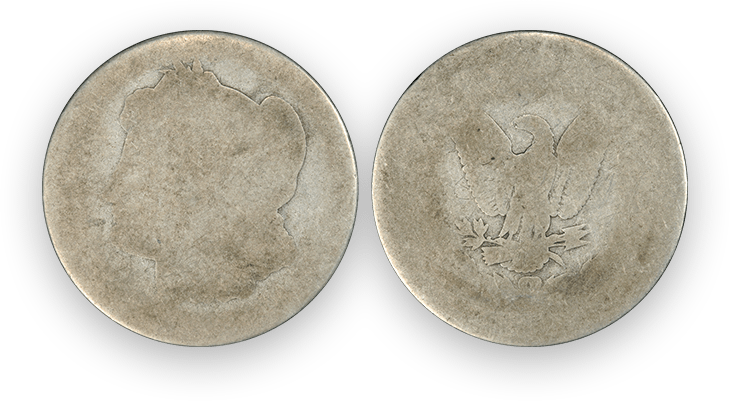
ungradable

MS/PR-69

MS/PR-66

MS/PR-63
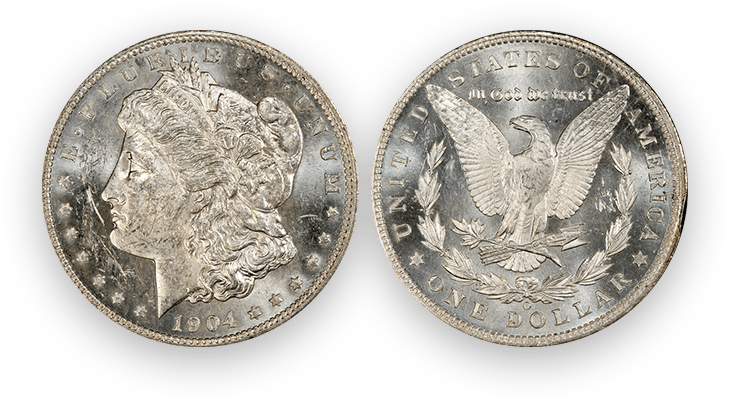
MS/PR-60
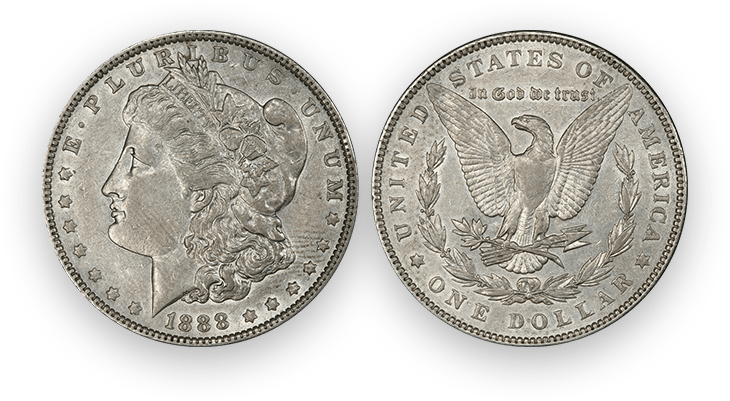
AU-53
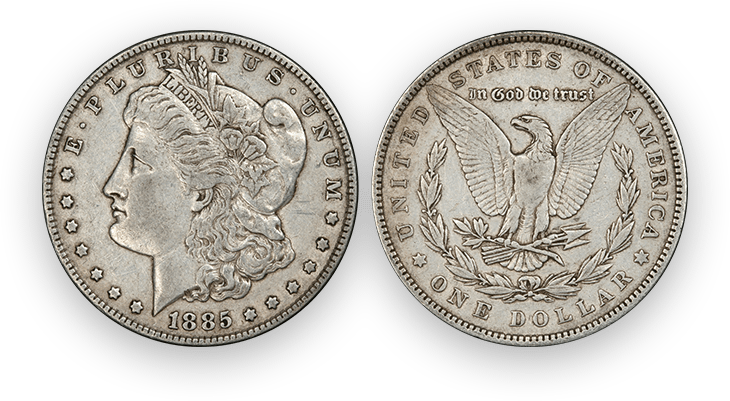
XF-40
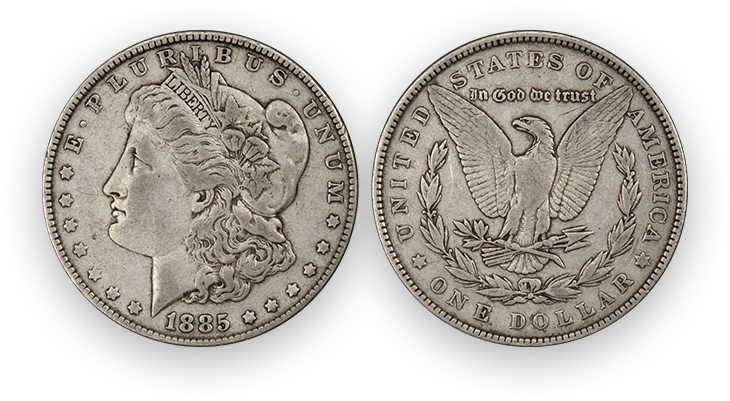
VF-25
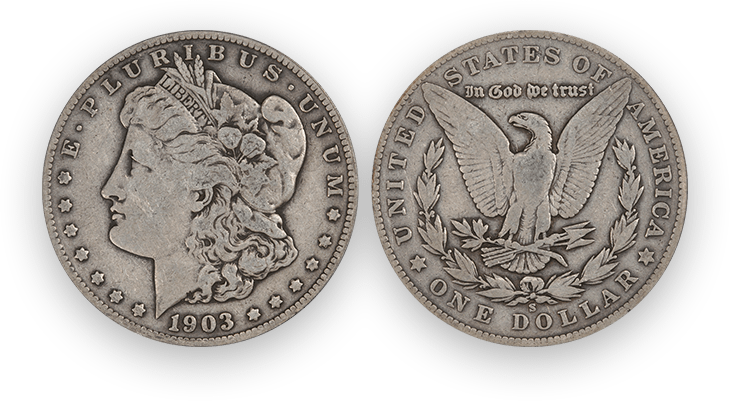
F-12
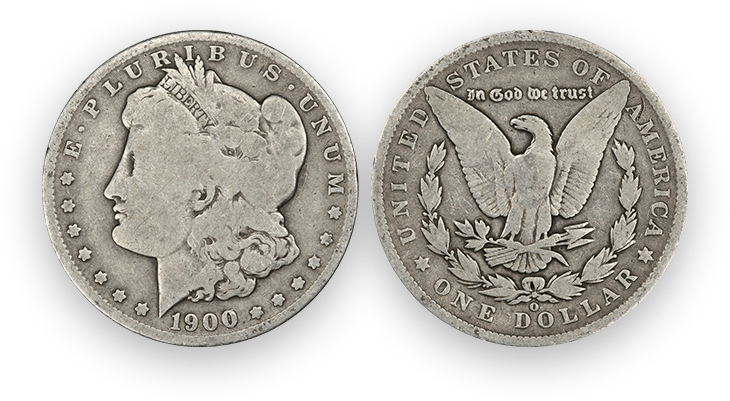
G-6

FR-2
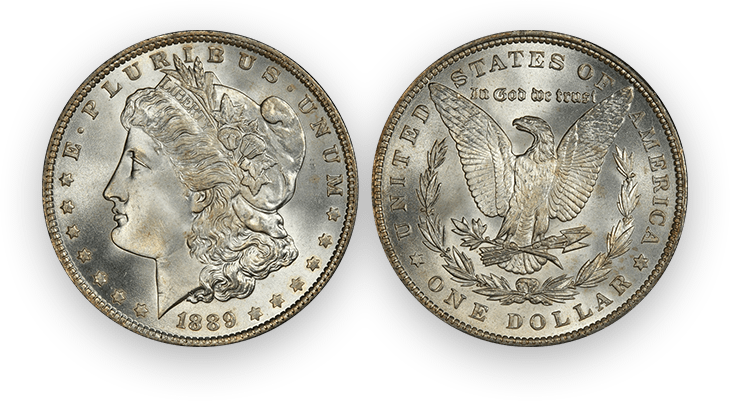
MS/PR-68

MS/PR-65

MS/PR-62

AU-58

AU-50

VF-35

VF-20

VG-10

G-4
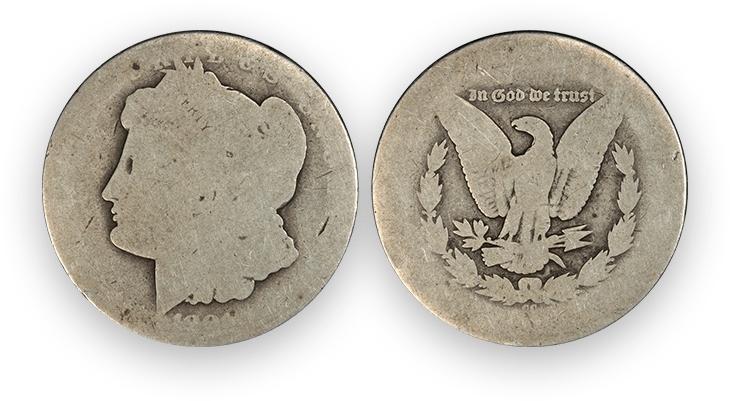
PO-1
Uncirculated / UNC / BU / MS
Coins with no wear at all are alternately referred to as Uncirculated (Unc.), Brilliant Uncirculated (BU), and Mint State (MS). When a numerical grade is assigned to an uncirculated coin, it goes along with the abbreviation MS, such as MS-60.
It is important to note that Uncirculated and similar terms refer only to the fact that the coin has no wear. The presence or absence of bagmarks, toning (discoloration), or a strong strike does not affect a coin’s Uncirculated status, although such things can affect the numerical grade of the coin.
A circulated coin is a coin that has been used in trade. This means that the coin has been passed from person to person and has seen use in commerce. Circulated coins typically have less value than coins that are not circulated.
Circulated coins have been used to some extent in daily commerce and have some “wear” from handling. Because older or scarcer coins may be very difficult to locate in mint Uncirculated condition, circulated coins may better suit your needs for some coin series and issues.
A coin usually struck from a specially prepared coin die on a specially prepared planchet. Proofs are usually given more than one blow from the dies and are usually struck with presses operating at slower speeds and higher striking pressure. Because of this extra care, Proofs usually exhibit much sharper detail than regular, or business, strikes. PCGS recognizes Proofs (PR) as those struck in 1817 and later.
Special coins struck at the Mint from 1792-1816 that display many characteristics of the later Proof coinage. Prior to 1817, the minting equipment and technology was limited, so these coins do not have the “watery” surfaces of later Proofs nor the evenness of strike of the close collar Proofs.
